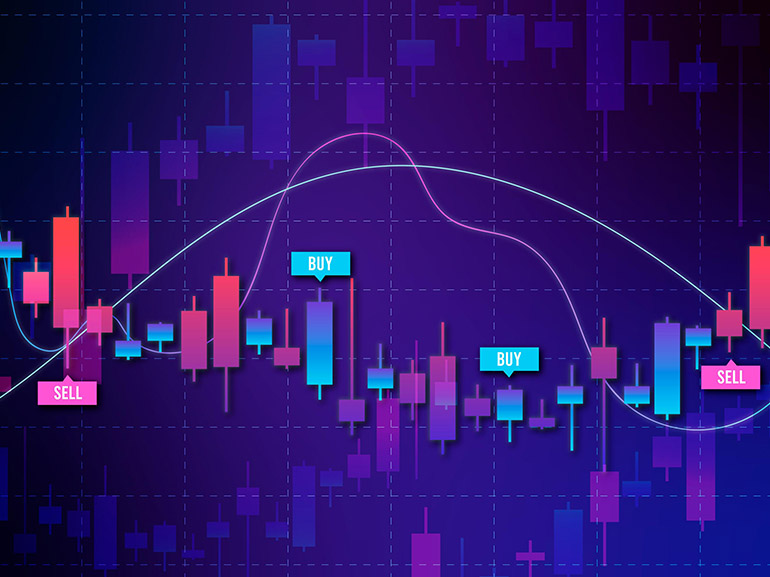European CPI Reports July 2025: Spain, Germany, Eurozone Inflation Data
The Consumer Price Index (CPI) measures inflation across economies, directly impacting central banks’ monetary policies and currency markets. This week's CPI reports will provide crucial insights into price stability across the eurozone.

Key CPI Releases this Week:
Spain CPI - 30 July 2025
Germany CPI - 31 July 2025
France CPI - 31 July 2025
Italy CPI - 31 July 2025
Eurozone CPI - 1 August 2025
TL;DR: What to Expect from European CPI Data
Spain: July CPI expected around 2.2-2.3% annually, driven by housing and food costs
Germany: Inflation likely stable at 2.0% with core CPI at 2.7%
France: Moderate inflation continuing, services sector key driver
Italy: CPI forecast 1.7-2.0% annually, steady core inflation trend
Eurozone: Overall inflation near ECB's 2.0% target, core inflation stable
Spain CPI- 30 July 2025
June 2025 Results Recap
Spain's June Consumer Price Index (CPI) showed significant momentum with a 0.7% monthly increase, the highest since April 2024. Annual inflation reached 2.3%, exceeding expectations.
Key June drivers:
Housing & utilities: +4.2% annually
Food & beverages: +2.8% annually
Core inflation: stable at 2.2%
July 2025 Forecast
Economists predict continued moderate inflation for July, with annual CPI remaining between 2.2-2.3%.
What's driving Spanish inflation:
Housing costs - persistent upward pressure
Energy prices - slower decline providing support
Food inflation - sustained elevated levels
Services sector - steady price increases
The Spanish CPI remains above the ECB's 2% target, supporting potential monetary policy tightening considerations. (Source: Statista)
Germany CPI, 31 July 2025
Current Inflation Picture
Germany's inflation has stabilised around 2.0% annually, with June showing 0.0% monthly change.
Key metrics from June 2025:
Headline inflation: 2.0% annually
Core inflation: 2.7% annually
Energy prices: -3.5% annually (declining influence)
Services inflation: 3.3% (elevated but easing)
July Expectations
Forecast: 2.0% annual inflation maintained
Inflation breakdown:
Services: Remaining elevated at ~3.3%
Energy: Less deflationary impact than earlier 2025
Food: Moderate at 2.0% annually
Core CPI: Stable around 2.7%
Germany's steady inflation supports ECB policy normalisation whilst remaining manageable.
France CPI, 31 July 2025
June Performance Analysis
France recorded 0.9% annual inflation in June, accelerating from May's 0.7%.
Monthly drivers:
Services: +0.3% monthly increase
Energy: Petroleum product rebounds
Accommodation & transport: Key accelerators
July 2025 Outlook
Expected annual CPI: 0.8-1.0%
The Harmonised Index of Consumer Prices (HICP) is likely to remain around 0.8% annually, supporting the eurozone average.
Key factors:
Services inflation - primary driver
Energy price stabilisation
Food prices - remaining stable
Core inflation - moderate upward trend.
Italy CPI, 31 July 2025
June Results Summary
Italy's June CPI increased 0.2% monthly and 1.7% annually, up from 1.6% in May.
Inflation contributors:
Unprocessed food: Rising prices
Transport services: Increased costs
Durable goods: Price pressures
Core inflation: 2.1% annually
July Forecast
Expected range: 1.7-2.0% annually
Key CPI components by weight:
Food & beverages: 16%
Transport: 15%
Restaurants & hotels: 12%
Housing & utilities: 10%
Italy's inflation remains below the ECB's 2% target, providing policy flexibility.
Eurozone CPI, 1 August 2025
Overall Inflation Outlook
The eurozone CPI for July is expected to confirm 2.0% annual inflation, matching June's confirmed rate.
Key expectations:
Headline CPI: ~2.0% annually
Core CPI: ~2.3% annually (lowest since early 2022)
Services inflation: Elevated at 3.3%
Energy prices: Declining pace of decrease
ECB Policy Implications
Stable inflation near the 2% target supports the ECB's current monetary stance, with no major policy surprises expected. (Source: ECEuropa)
Conclusion
This week's European CPI releases will provide critical insights into the eurozone's inflation trajectory as we head into August 2025.
With Spain maintaining elevated inflation around 2.3%, Germany stabilising at the ECB's 2% target, and peripheral economies like Italy showing moderate price pressures, the overall eurozone picture suggests controlled but persistent inflation.
The key focus will be on core inflation trends and services sector pricing, which continue to drive underlying price pressures across the region.
For traders and investors, these CPI reports offer important signals for ECB policy direction, currency positioning, and sector allocation strategies. As inflation remains near target levels without showing concerning acceleration, the data supports a measured monetary policy approach while providing opportunities in inflation-sensitive assets and currency pairs.
Market participants should watch for any significant deviations from forecasts, as surprise readings could trigger volatility in EUR pairs, European bond yields, and equity sectors most exposed to inflation dynamics.
*Past performance does not reflect future results
FAQs: European CPI Reports July 2025
What's the difference between headline and core CPI?
Headline CPI includes all goods and services, while core CPI excludes volatile food and energy prices, providing a clearer view of underlying inflation trends.
Why is eurozone inflation important for global markets?
The eurozone is the world's second-largest economy. Its inflation trends influence ECB policy, EUR exchange rates, and global risk sentiment, affecting worldwide financial markets.
How accurate are CPI forecasts?
Economists' forecasts are generally within 0.1-0.2 percentage points of actual results, but surprises can cause significant market volatility, especially in currency and bond markets.
What sectors could benefit from moderate inflation?
Financial institutions typically benefit from rising rates accompanying inflation, while utilities and real estate can see revenue growth. Consumer discretionary sectors may face margin pressure.






